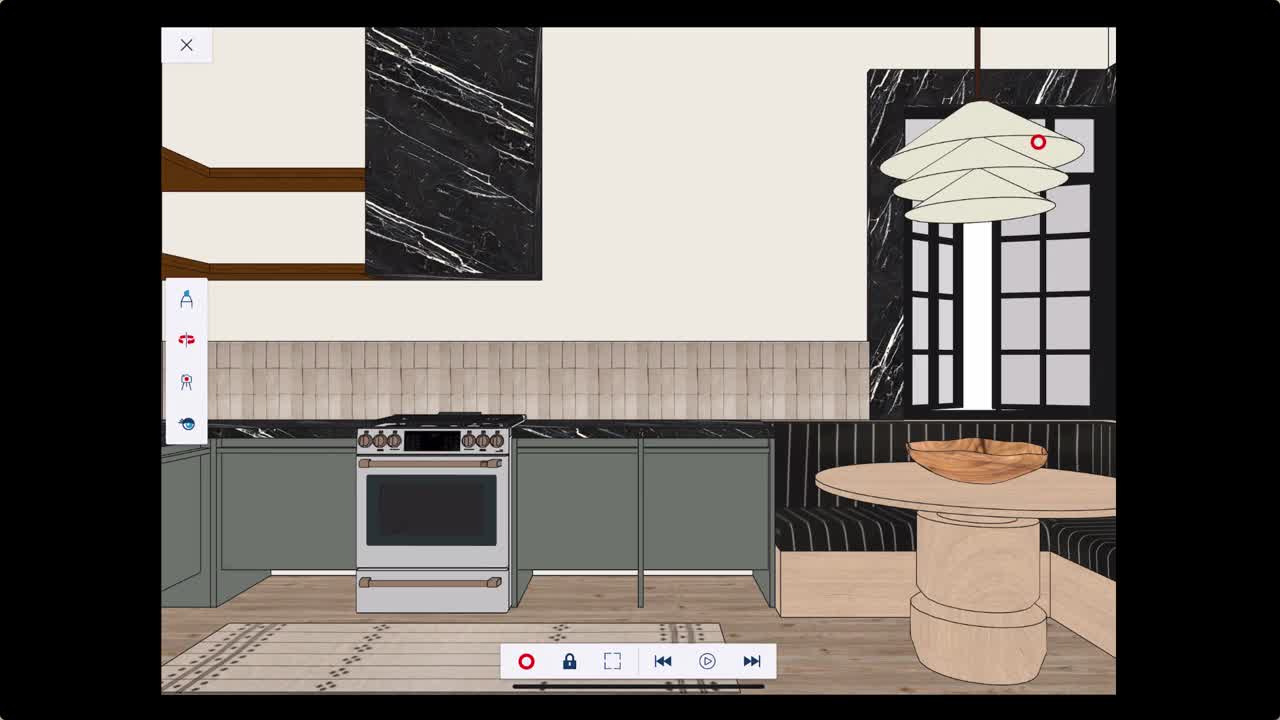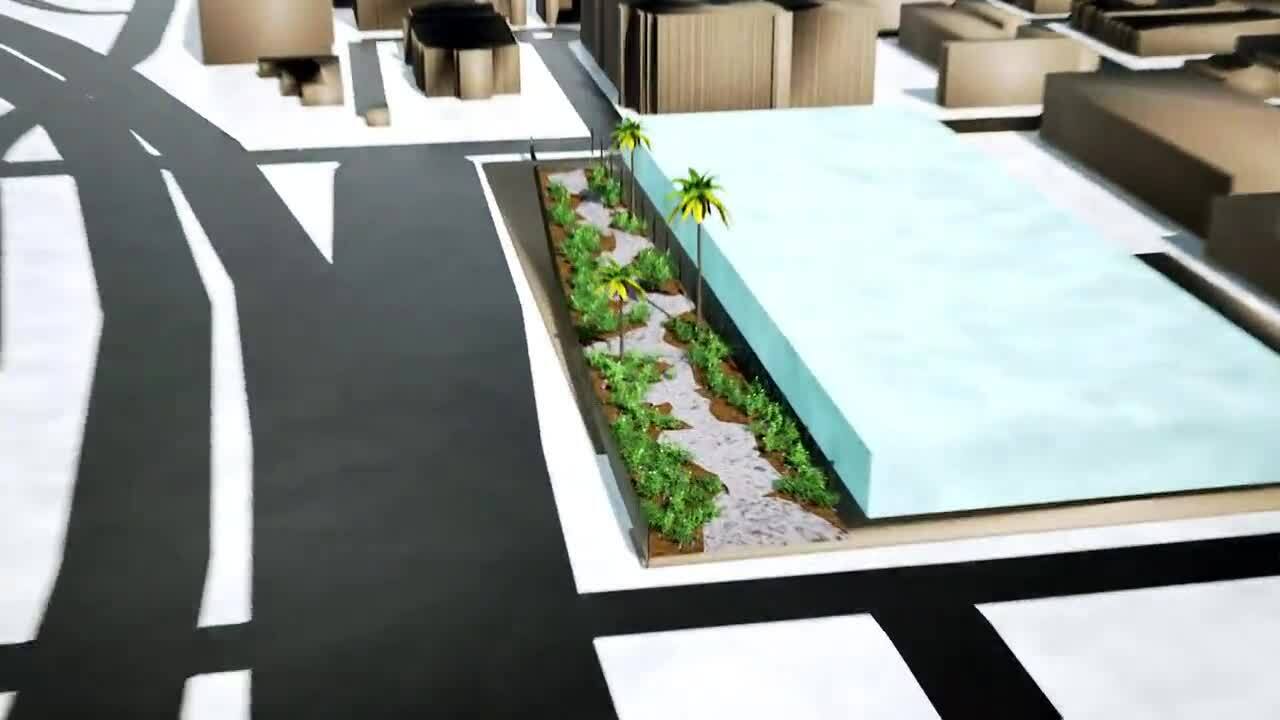The ultimate guide to reducing construction’s environmental impacts
Deepen your understanding of how to improve sustainability throughout project lifecycles using building and construction technologies.
Construction stakeholders, from owners to contractors, are under pressure to reduce construction’s environmental impact. Material selection and design innovation are essential but not enough on their own. To build a greener future, we must embrace a holistic sustainability approach to minimizing inefficiencies, rework, and waste through every project phase. These three approaches from The Ultimate Guide to Sustainable Construction Technology will help you improve communication across construction teams and choose the building technology that's right for you.
A connected outlook
An estimated 20% of construction materials go to waste. How can we transform workflows to reduce emissions and unnecessary consumption? By providing essential tech and interconnectivity to teams, a connected construction approach gives the right people the right data at the right time, reducing rework and errors.
Your strategic priorities, budget, team capabilities, and client/user expectations all play a role in determining which tech you adopt. Only invest in new resources that enhance your current abilities and make processes more efficient. Here are the good, better, and best tools in the market and how each contributes to improvements in sustainability.
JLG Architects leverages technology and workflow processes across their entire project portfolio to achieve ambitious certifications such as the first LEED Platinum building in North Dakota.
1. A good start
While reducing construction’s environmental impact is mission critical, you must begin with a solid foundation of essential tools. Otherwise, you may be overpowered by tech instead of empowered by it. These three tools will help close gaps between siloed construction teams, setting the groundwork for better communication, workflow management, and decision-making.

Use presentation mode on iPad to clearly communicate ideas and collaborate across teams.
3D modeling software
Use 3D modeling software to iterate and spot conflicts early on in the project quickly. From estimating to earthmoving, import point cloud data in modeling software to support accurate and efficient workflows. Share easy-to-digest data across teams and throughout the project lifecycle.
Common data environment (CDE)
Access data across stakeholders, log tasks, and document project details into a cloud-based system — your single source of truth. We recommend you follow these best practices to make the most of your CDE.
- Give the right people the right access at the right time
- Support the need for individual CDEs
- Look for one-to-one data mapping
- Automate workflows using APIs
- Capture only the data you need
- Leverage open sharing standards
- Work from a single continuous model
Project management system
Project management systems give construction teams significant control over the risks that commonly lead to waste and inefficiencies. Automated project updates, approvals, and alerts minimize friction between stakeholders. A sound management system provides real-time numbers to evaluate project performance strategies and empowers teams to predict the impact of change orders.
The construction ecosystem is responsible for 25% of global greenhouse emissions, 600 million tons of yearly waste, and 14.5% of particulate matter in big cities.
-McKinsey, from Call for Action: Seizing the Decarbonization Opportunity in Construction
A life-cycle BIM workflow reduced the Chengdu Hotel’s construction time by 50%.
2. Getting better
Once your foundational systems are in place, adopt technologies that leverage centralized project data to perform more sophisticated tasks. These collaborative platforms give stakeholders the right data to make better decisions faster.
Building information modeling (BIM) tools
Connect multidisciplinary teams from pre-construction through operations and maintenance. BIM software offers automated clash detection and supports accurate performance measurements for sustainability goals.
Feasibility planning software
Combine environmental, community, cultural, engineering, and cost factors into a single analysis with feasibility planning software — your civil engineers will thank you. They can use this tech to inform engineering decisions and share environmental considerations with key stakeholders.
Extended reality technologies
Simulate sustainable design strategies with realistic detail. Extended reality tools use mixed and augmented reality to visualize models in real-world environments. They reduce errors and rework, including showing where critical systems are behind walls before drilling begins.
Studio St.Germain used Sefaira, an early-stage analysis tool, for the Wilkinsburg Passive House design.
Building performance analysis & environmental modeling software
Use this software to understand how your building performance measures up against building code baselines, climate change objectives, and sustainability certifications. Perform early assessments of energy needs and capabilities with pre-design performance insights.
Machine control systems
Correcting earthwork failures is exceptionally resource-intensive. Getting it right the first time reduces material use and fuel consumption. Use 2D drawings and 3D models, along with global positioning systems (GPS), to position equipment accurately. If you don’t want to purchase new equipment, you can outfit existing equipment with machine control technology.
Fredrik Bergström’s streamlined workflow from laser scan to 3D model drives FMT AB to be an estimated 30% more efficient than big-business competitors.
Positioning technologies
Positioning technologies offer broad sustainability gains in both building renovations and new infrastructure projects. Designers and engineers can use this software to assess resiliency assets and explore the feasibility of renovations. Harnessing ecological change and environmental data to make informed cause-and-effect decisions puts you one step closer to reducing your footprint.
Asset management software/building management software
Meeting ambitious goals for sustainability requires energy efficiency at scale. Take advantage of data to manage integrated tech that supports life cycle modeling and analytics, maintenance schedules, and real-time reporting. Doing so means you extend the life of your buildings and reduce maintenance bills.
Fleet & equipment management systems
Preventing idle time and conserving fuel often comes second to the reality that a vehicle needs to be at the right place at the right time, or else it will derail the project schedule. The right fleet tech can increase operational efficiency. Keeping tabs on your commercial vehicle fleet with real-time tracking minimizes idling, optimizes driving routes, and promotes driving habits that improve fuel efficiency.
Boston Dynamics’ Spot, the Robot Dog, has been outfitted with a laser and collects data without using extensive resources.
3. Best of the best
Push traditional boundaries and incorporate out-of-the-box solutions with cutting-edge tech to produce award-winning structures. Aim to win an AIA COTE award and lead the AEC industry in achieving sustainability goals at scale with the best of the best construction technology.
Robots
Artificial intelligence and machine learning are the future. Robots can perform repetitive tasks effectively, reducing errors and waste in applications like 3D printing and prefabrication, and they can go places where humans can’t. Find ways to use robots to save resources creatively. Out-of-the-box thinking has given us some of the top green uses for robots — we can now train them to sift through construction site waste to recover reusable resources!
Autonomous equipment
Fun fact: programming autonomous vehicles (AVs) to prioritize eco-driving can reduce energy consumption by up to 20%. This tech is becoming more commercially viable and can be added to existing vehicles, ultimately saving you from buying costly new equipment.
Internet of Things (IoT) sensors
Sensors can turn assets of all kinds into smart structures. IoT sensors collect data on everything from temperature to occupancy to moisture levels, empowering project teams with the actionable insights they need to improve sustainability. Track data on the job site and understand long-term energy and water reduction strategies with the right sensors.
Thermal imaging technology
Thermal imaging detects heat differentials in objects, allowing you to see things that are invisible to the naked eye. Use it to discover energy loss in a single building envelope or on a larger scale across multiple city blocks. In addition to visualizing energy loss, this tech also enables operators to target the source of the leak.

A green workforce collaboration builds in the metaverse and real life.
Digital twins & asset information models (AIMs)
These digital resources deliver ongoing maintenance data and allow you to uncover energy-saving opportunities during design and construction. Owners can discover details like asphalt height or the date a component was installed, allowing them to investigate problems more quickly and use resources wisely.
Russ Thames, an estimator at a high-end residential construction company, uses 3D modeling for cost estimating.
Model-based estimating & takeoff
Model-based estimating tools break down data silos so project teams can quickly generate cost estimates. Automatic 3D model updates reduce miscommunication, and the improved model accuracy means your materials bid is firmly based in reality.
Generative design
Generative design helps designers explore sustainability initiatives quickly. A computer can create many 3D model iterations based on pre-set parameters, and then designers can review these options to find the best possible idea. In one example, using a generative design model produced cantilevered beams that could result in 39–51% fewer carbon emissions than traditional models. Computer brainpower combines with human ingenuity, and something beautiful happens.
Benjamin Banneker Academic High School is the best energy-performing high school in the US (designed by Perkins Eastman).
The new scope of sustainability
Use this guide to assess where you are on the reduction scale and start with a solution that compliments your existing systems. Whether you choose a new management software to improve collaboration across teams or upgrade your machines with connected construction technology, every solution builds toward a greener future.
This summary of sustainable construction solutions has only scratched the surface of consumption-reducing possibilities. Uncover all the data and details in the full report.
Try SketchUp out for your next project using a free trial.